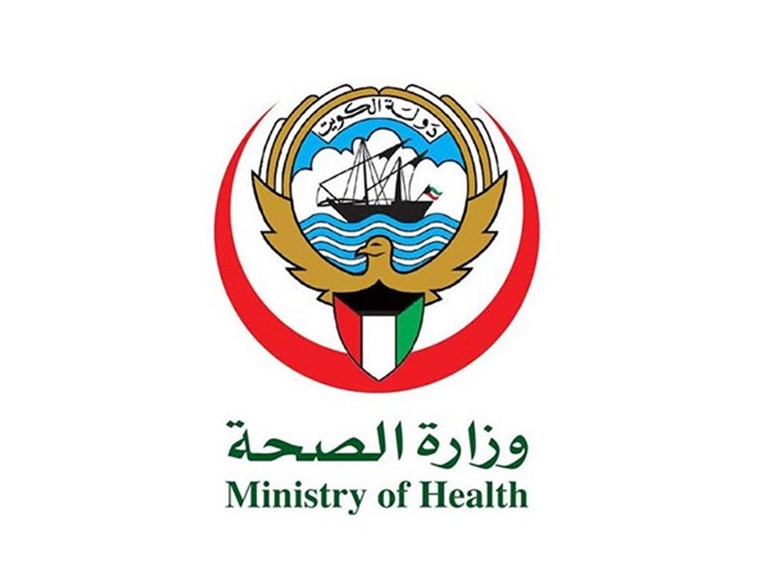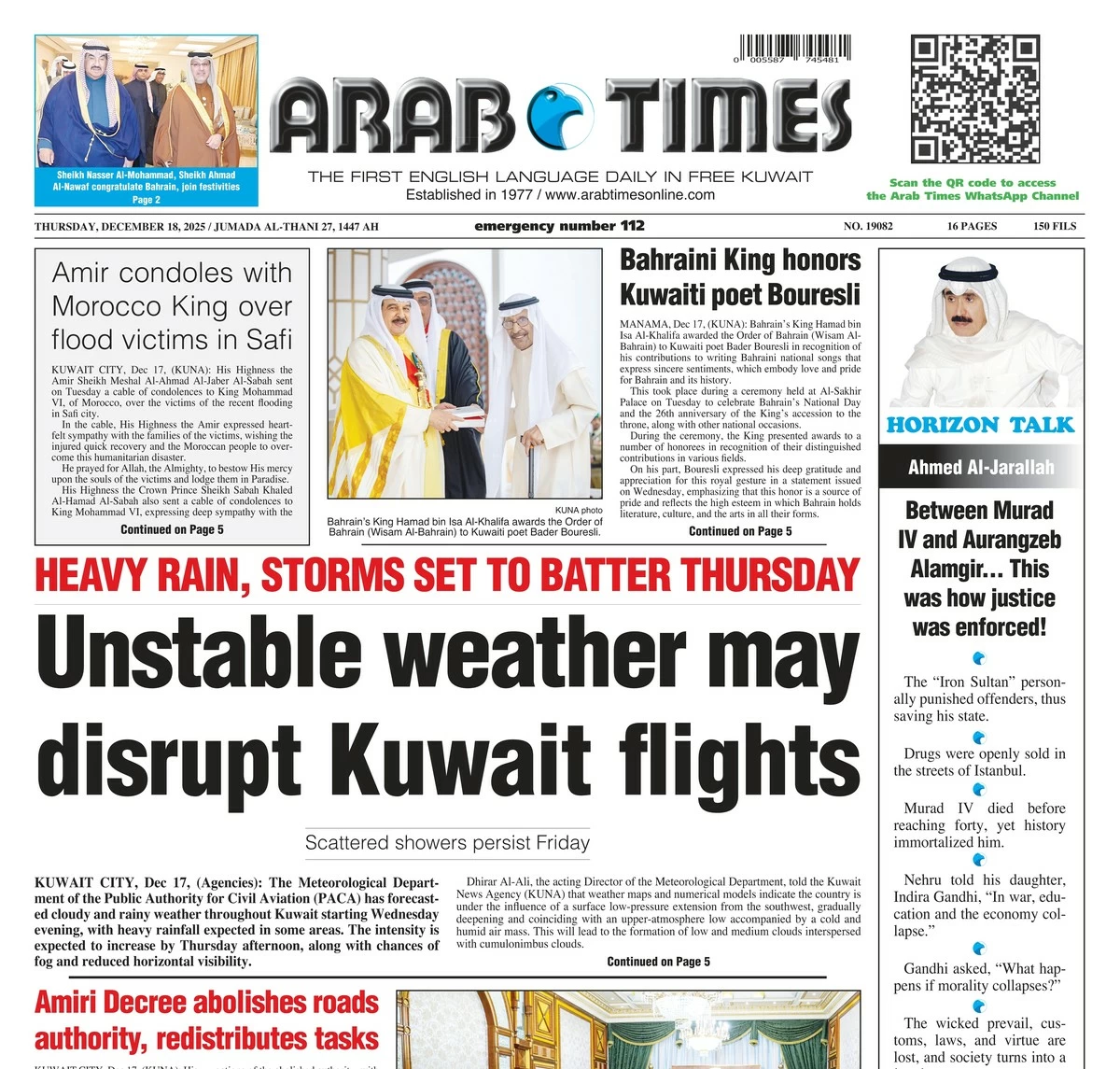07/11/2023
07/11/2023

KUWAIT CITY, Nov 7: The Ministry of Health inaugurated the latest tumor and inflammation imaging device (PET/MRI), which is the first of its kind in Kuwait and represents a major development in the world of radiology as it is one of the most accurate examination devices with a high diagnostic value, reports Al-Rai daily.
Head of the Nuclear Medicine Department at Jahra Hospital, Dr. Muhammad Al-Shaheen, told Kuwait News Agency that this device is the latest technology for nuclear imaging and diagnostics, and is the first of its kind in Kuwait. Its technology combines the use of positron emission and magnetic resonance imaging to evaluate and diagnose cases.
He added that this combination provides accurate images of tissues using magnetic resonance images and accurately determines the metabolic activity of cells, which provides a more accurate diagnosis than performing either of the two examinations separately.
For his part, the head of the medical physics unit at the hospital, Dr. Mishari Al-Naimi, said that the celebration included holding a workshop on (positron imaging technology combined with magnetic resonance imaging), organized by the Department of Nuclear Medicine in cooperation with the Medical Physics Unit and the International Atomic Energy Agency, with the participation of experts from Germany and Austria to introduce this technology and its most important applications.
Al-Naimi explained that the workshop will discuss this advanced technology that combines the advantages of magnetic resonance imaging and positron imaging in one device, allowing the possibility of accurate detection and early diagnosis of tumors, neurological diseases, and vascular diseases, in addition to reducing the rate of radiation to the patient, especially children, by up to 70 percent compared to other radiation examinations.
For his part, the national liaison officer for the International Atomic Energy Agency, Dr. Nader Al-Awadhi, stressed the agency’s keenness to train workers in this field on the latest uses of nuclear technologies and the uses of positron imaging combined with magnetic resonance imaging in diagnosing diseases.
Al-Awadhi said that this technology depends on the use of medical radioactive materials that are used to diagnose and treat diseases, as well as on the ability of radioactive materials to emit radiation, which can be used to create images of the body or to kill cancer cells.
He stated that the workshop aims to exchange information about the uses of positron imaging combined with magnetic resonance imaging and raise awareness for relevant authorities about the potential and expected contribution of this modern technology and ways to benefit from it and circulate it to nuclear medicine centers in Kuwait.


